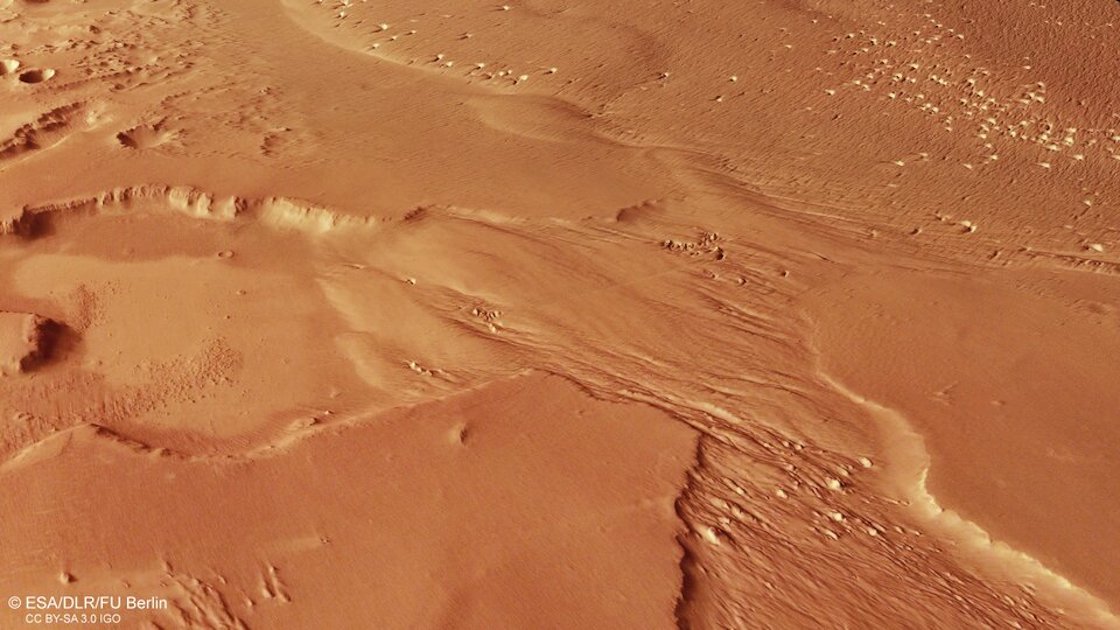It gets more and more interesting every time. It turns out that Perseverance is the team behind the rover PotA person with Mars has his full attention on only one person A rock with signs of a past life.
The rock they named Cheyava Falls may have had microscopic life in the past and wow.

A rock with possible signs of life on Mars
On July 21st, the Perseverance rover on Mars picked up a rock while exploring the northern rim of a canyon called Neretva Wallis.
The canyon is believed to have been carved long ago by water, a liquid that rushed into the Jezero Crater.
Analysis with instruments on board the rover demonstrates that the rock has those qualities “Fits the definition of a potential indicator of ancient life”.
These are chemical features and structures that may have formed billions of years ago, when the region had flowing water. Of course, right now this hypothesis is just a hypothesis. The team still needs to analyze other possible explanations.

The point is that although the carbon-based molecules that have been discovered are fundamental components of life as we know it, they can also form through non-biological processes.
Project Scientist Ken Farley explains this This was the first definitive detection of organic matter. They are distinct colored spots that represent the chemical reactions of microorganisms.
The problem is that they couldn't determine exactly how the rock was formed and whether nearby rocks could have heated Cheyava Falls and contributed to its properties.
For us to measure, it is a measuring rock 1 meter by 0.6 meter and they named it after Grand Canyon Falls It is on our planet, in America.
Signs of life on Mars?
Here's the interesting thing. Large white veins of calcium sulfate appear throughout the rock and between them are bands of red material that indicate the presence of hematic, one of the minerals that make Mars a red planet.
Now, when the Industrious rover took a closer look at these areas, it found dozens of them Irregular white spots of millimeter size, each surrounded by black material. Like the leopard's spots, then.
One of the rover's instruments detected iron and phosphate in these black halos. What's incredible is that these spots on Earth are usually associated with the fossil record of microbes.
While this alone is interesting enough, it's not the only thing puzzling scientists.

It turns out that the rock also contains millimeter-sized crystals of olivine. It is a mineral formed from magma and may indicate that the rocks formed high on the edge of a river valley. That is, they were produced by the crystallization of magma.





:quality(85)/cloudfront-us-east-1.images.arcpublishing.com/infobae/KTKFKR763RBZ5BDQZJ36S5QUHM.jpg)